Ber (Zizyphus mauritiana) is a hardy fruit commonly known as the poor man's fruit that is cultivated throughout India. It is high in vitamins and minerals. There are many varieties of ber that differ in maturation time, productivity, and suitability to various climates. Ber is propagated through seed sowing or vegetative methods like budding. It grows best in tropical and subtropical areas and a wide variety of soils.


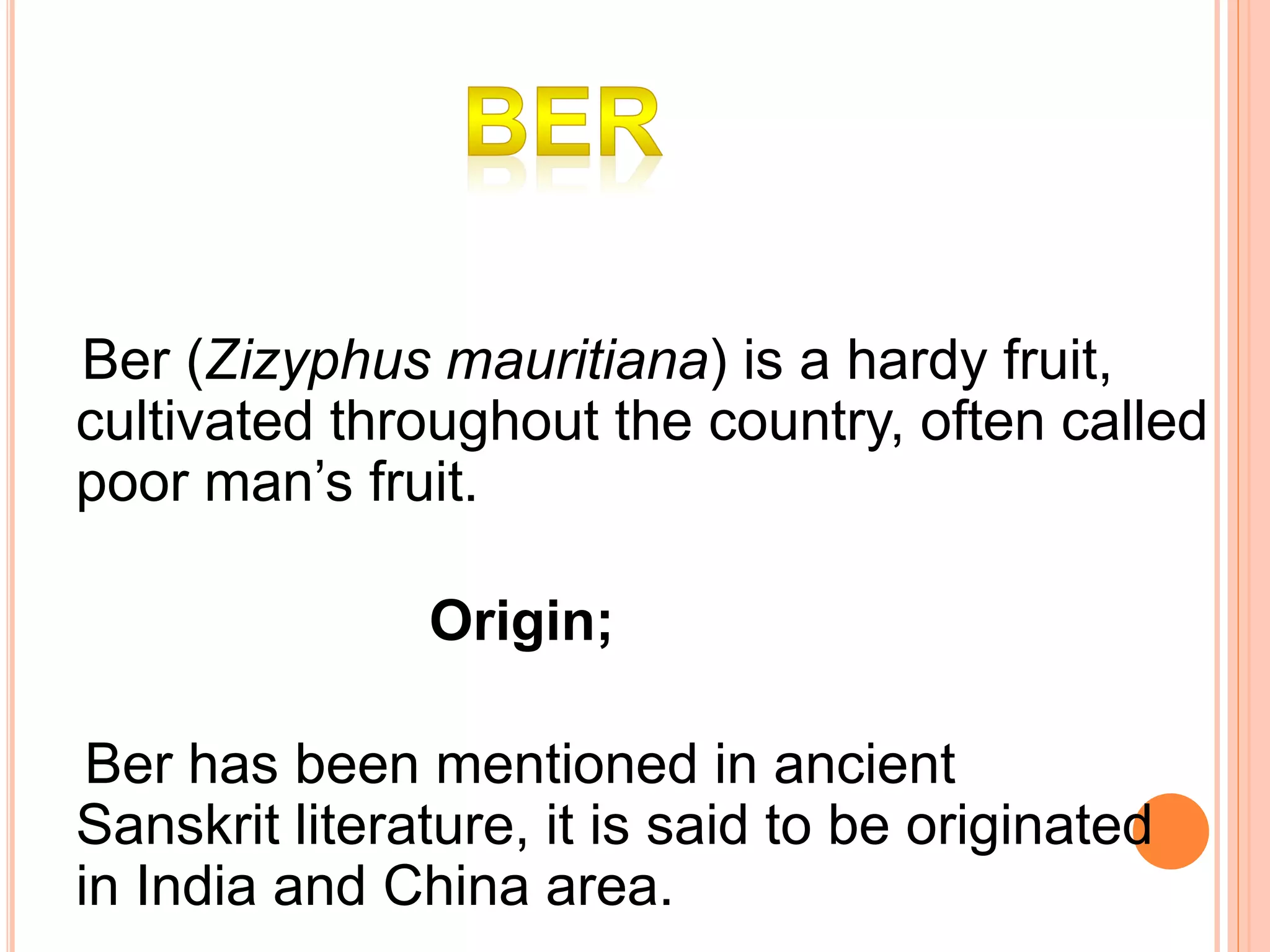







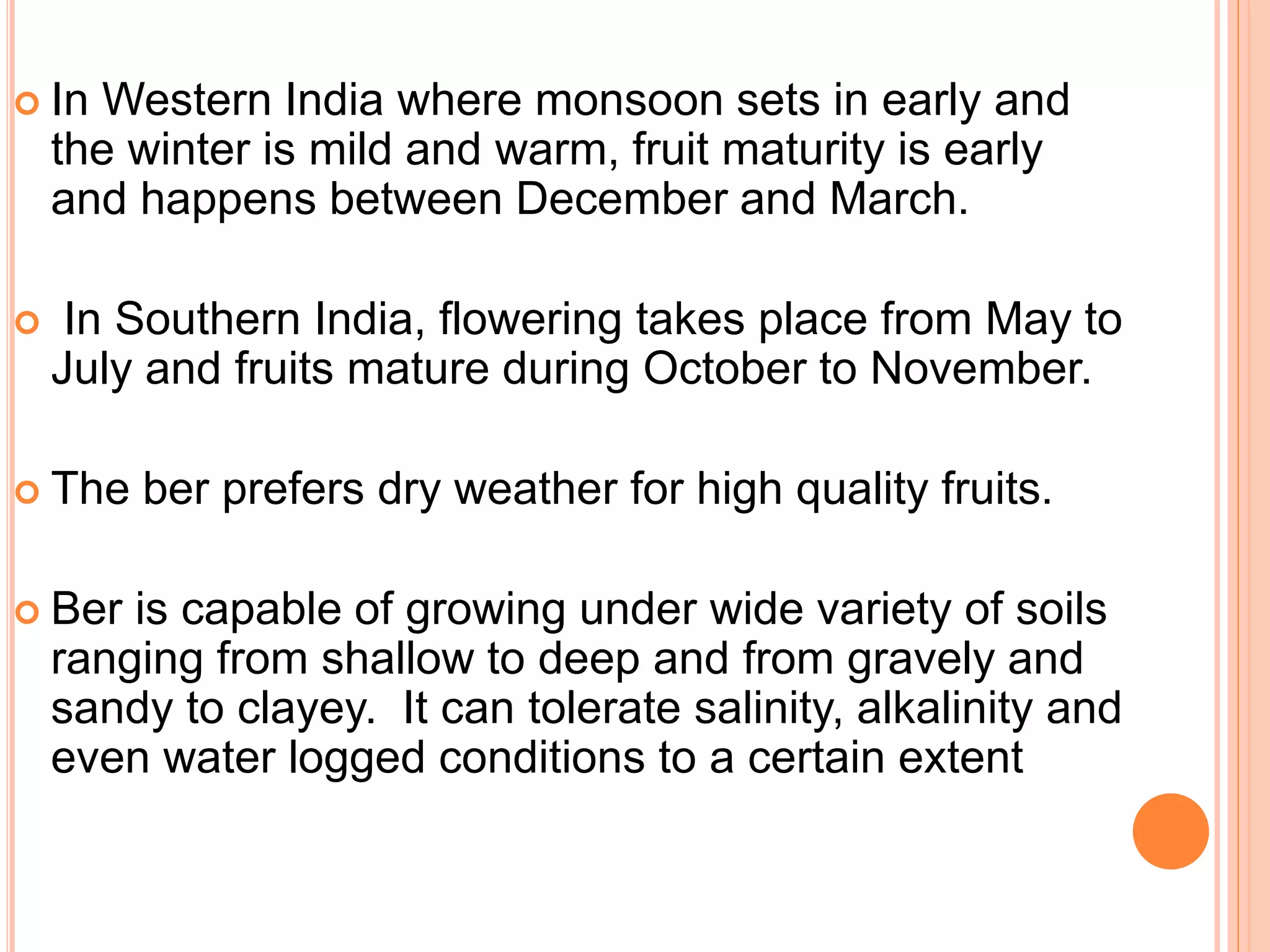
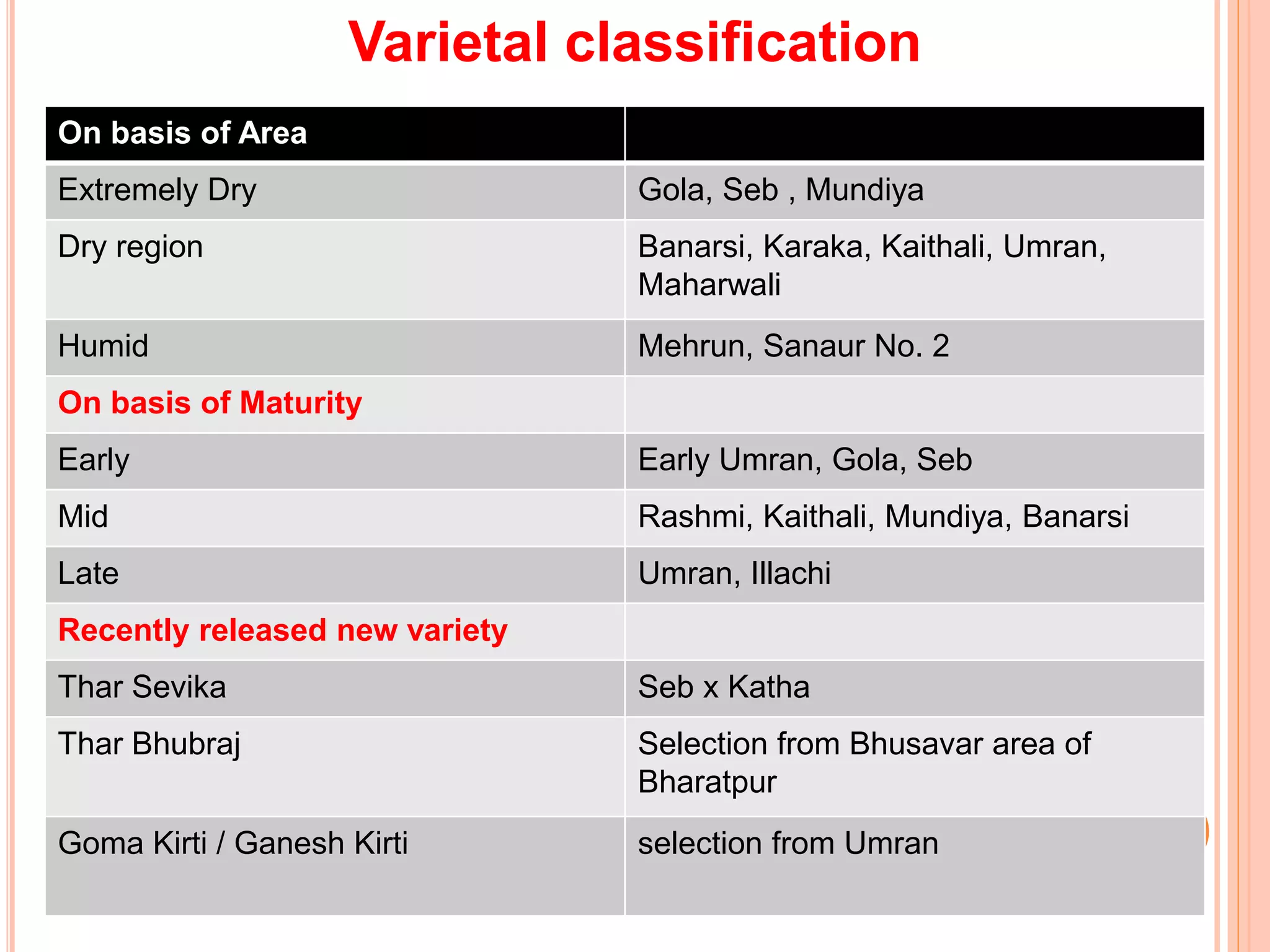
![Kaithli
The cultivar is selection from kaithal
in Haryana.Pulp is soft with 18%
TSS. Fruit ripen in end March.
Average yield per tree is 100 kg.
This is excellent table purpose ber
fruit but sometimes can be attacked
by powdery mildew.
Thar Sevika[2007]
Developed by the hybridization
from a cross Seb x Katha.
This is an early maturing variety.
Average fruit yield is 30-32 Kg/tree.](https://image.slidesharecdn.com/ber-160618125128/75/Ber-13-2048.jpg)
![Thar Bhubharaj [2007]
A selection from local material of Bhusavar
area of Bharatpur district of Rajasthan, having
an average yield potential of 30-36 kg/tree.
The fruits are very juicy, sweet with a TSS
content of 22-23%.
Sanour
This is one of the selections made from
village Sanour in district Patiala. The tree is
spreading and less vigorous than umran. TSS
of pulp is 15-18 percent.
Fruit ripens in second fortnight of March.
Average) deld 150 kg/tree. It is resistant to
powdery mildew, disease and can be
cultivated in humid areas](https://image.slidesharecdn.com/ber-160618125128/75/Ber-14-2048.jpg)
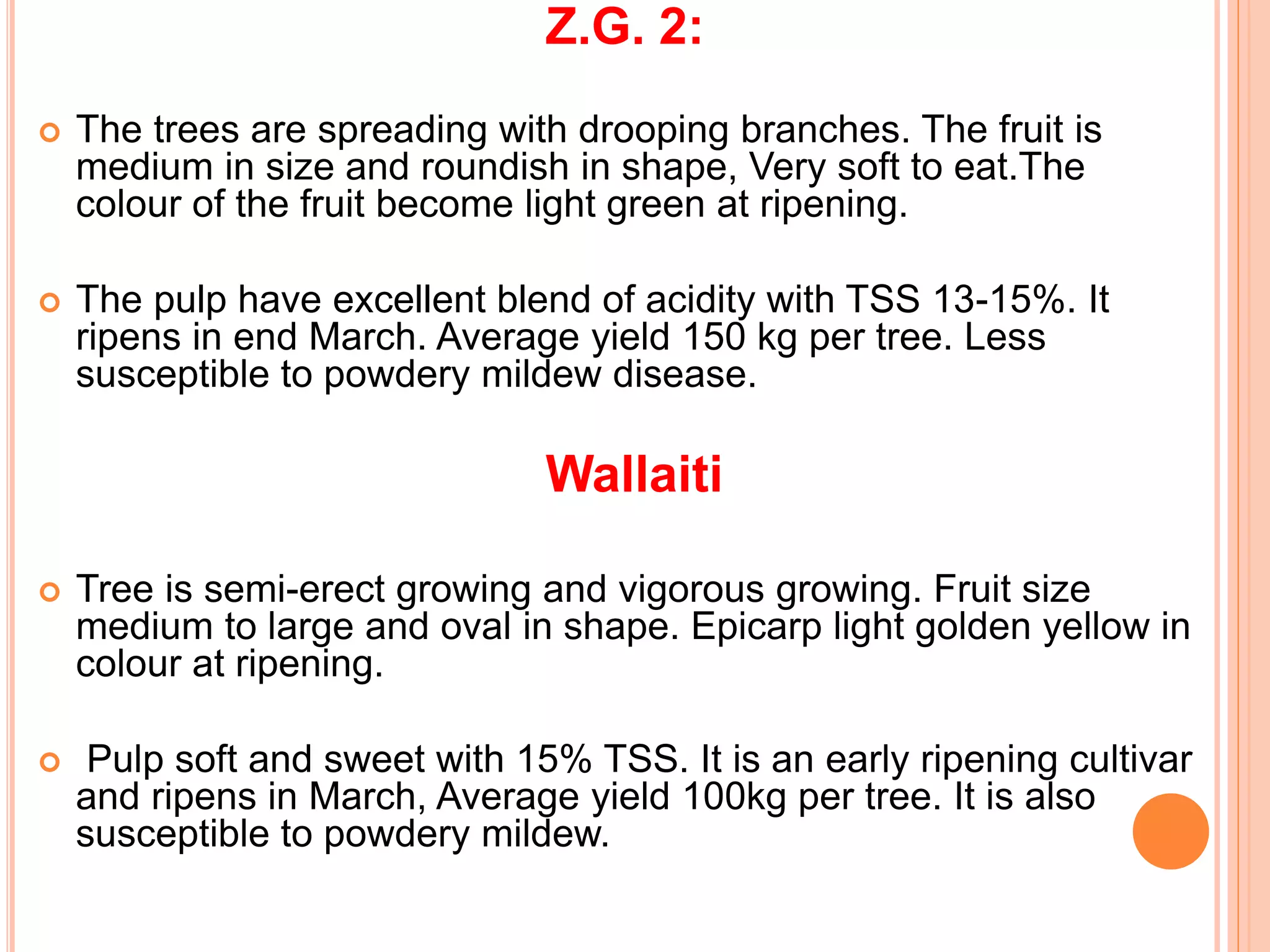
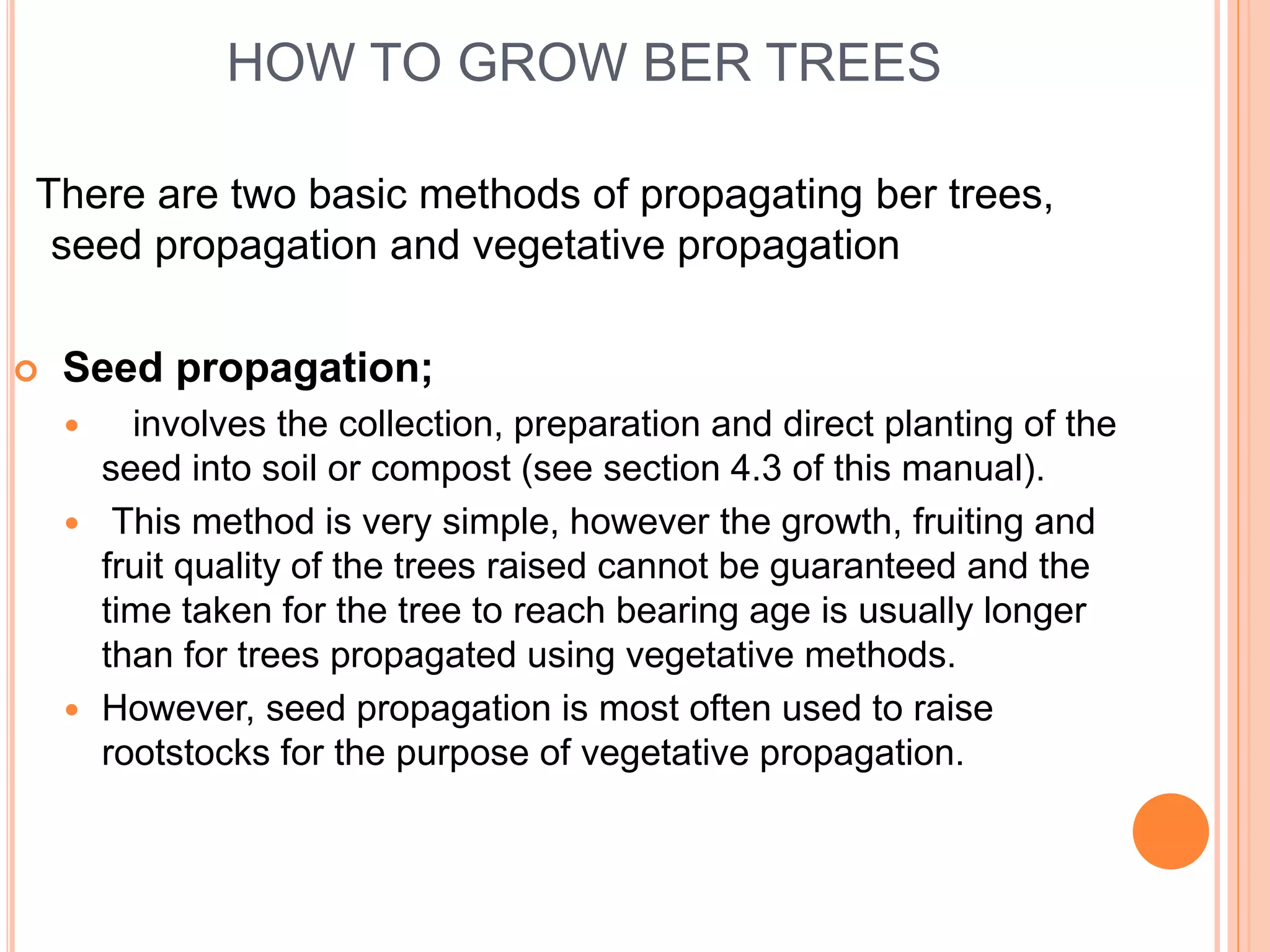


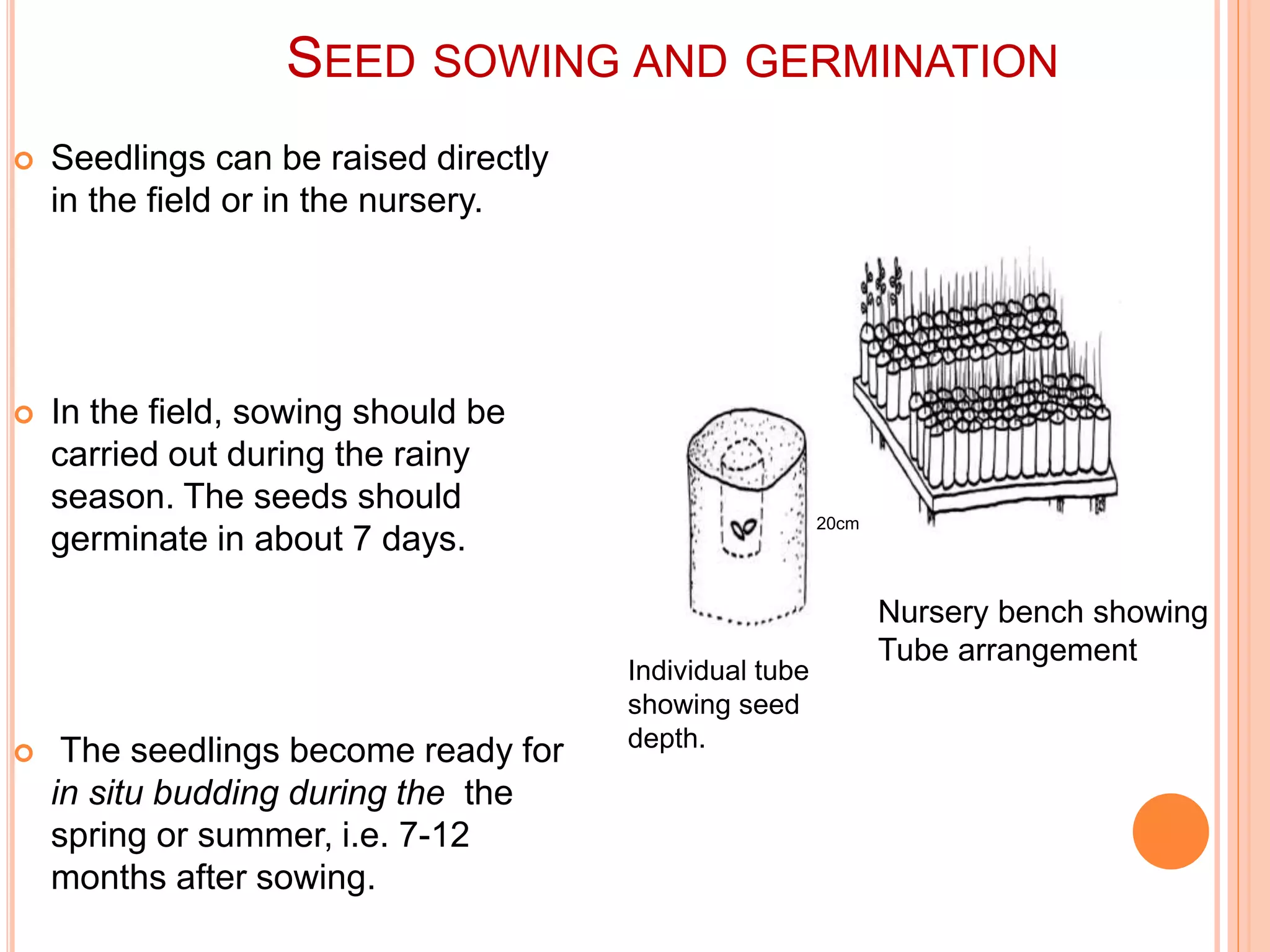






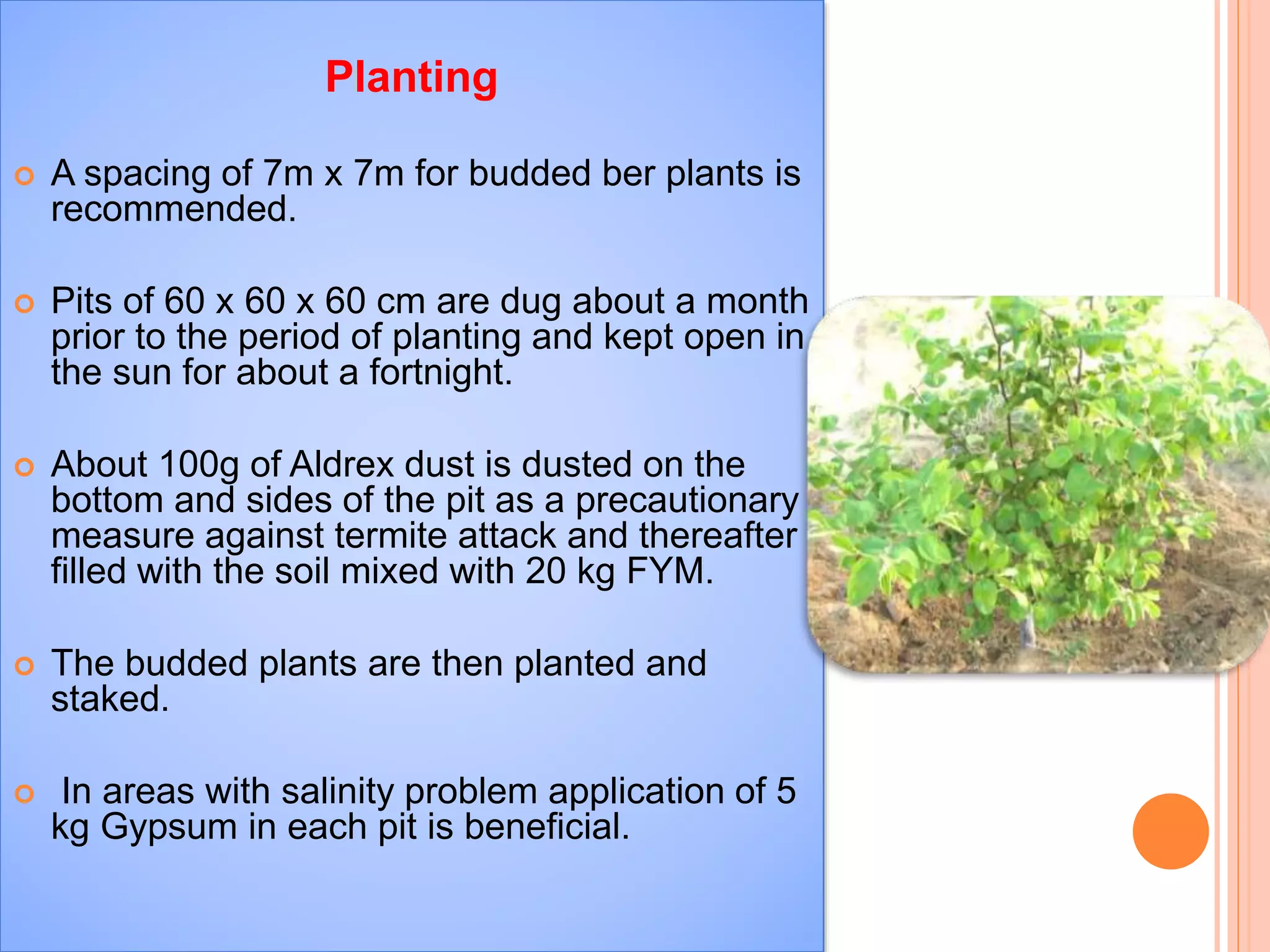





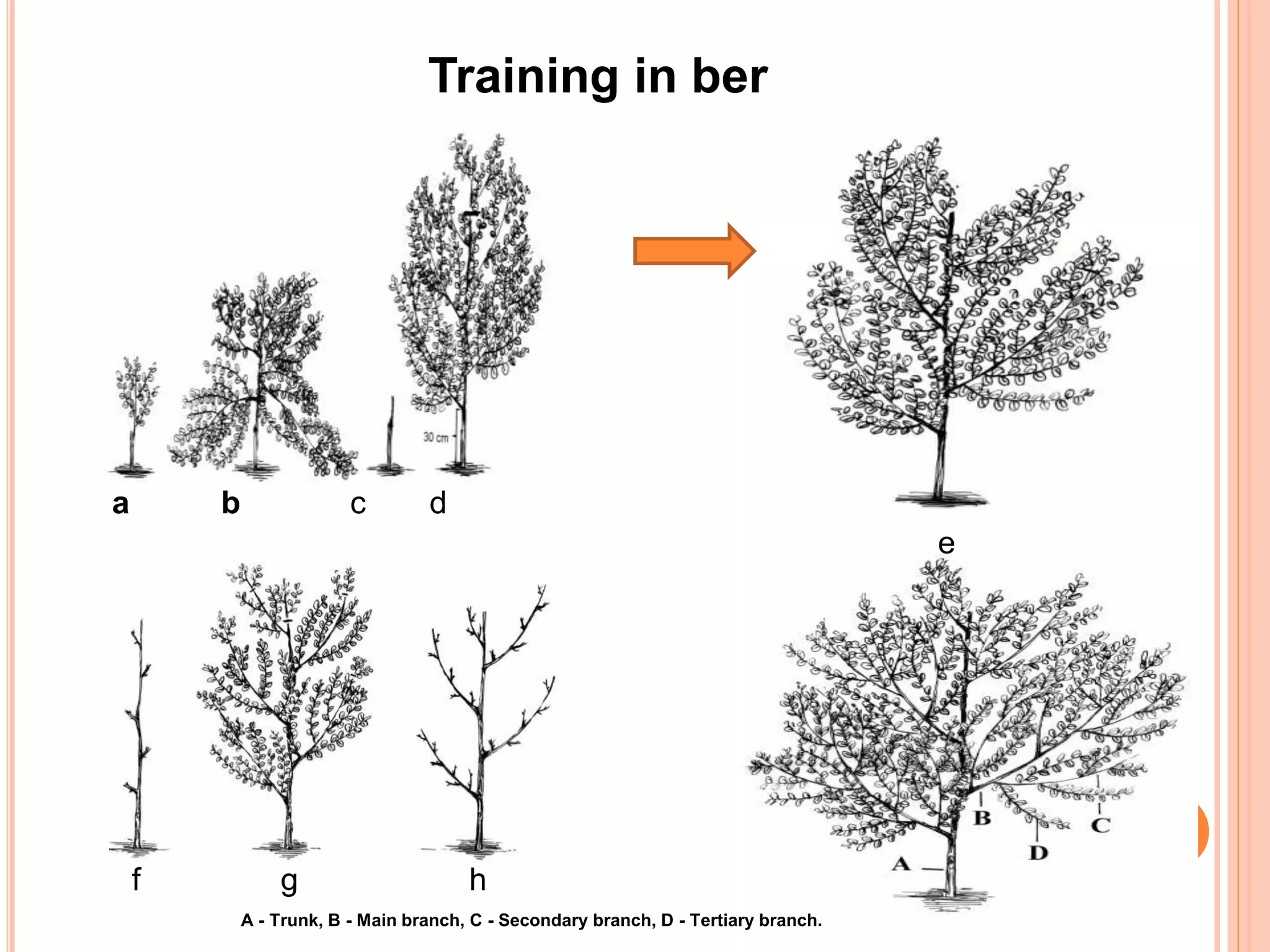
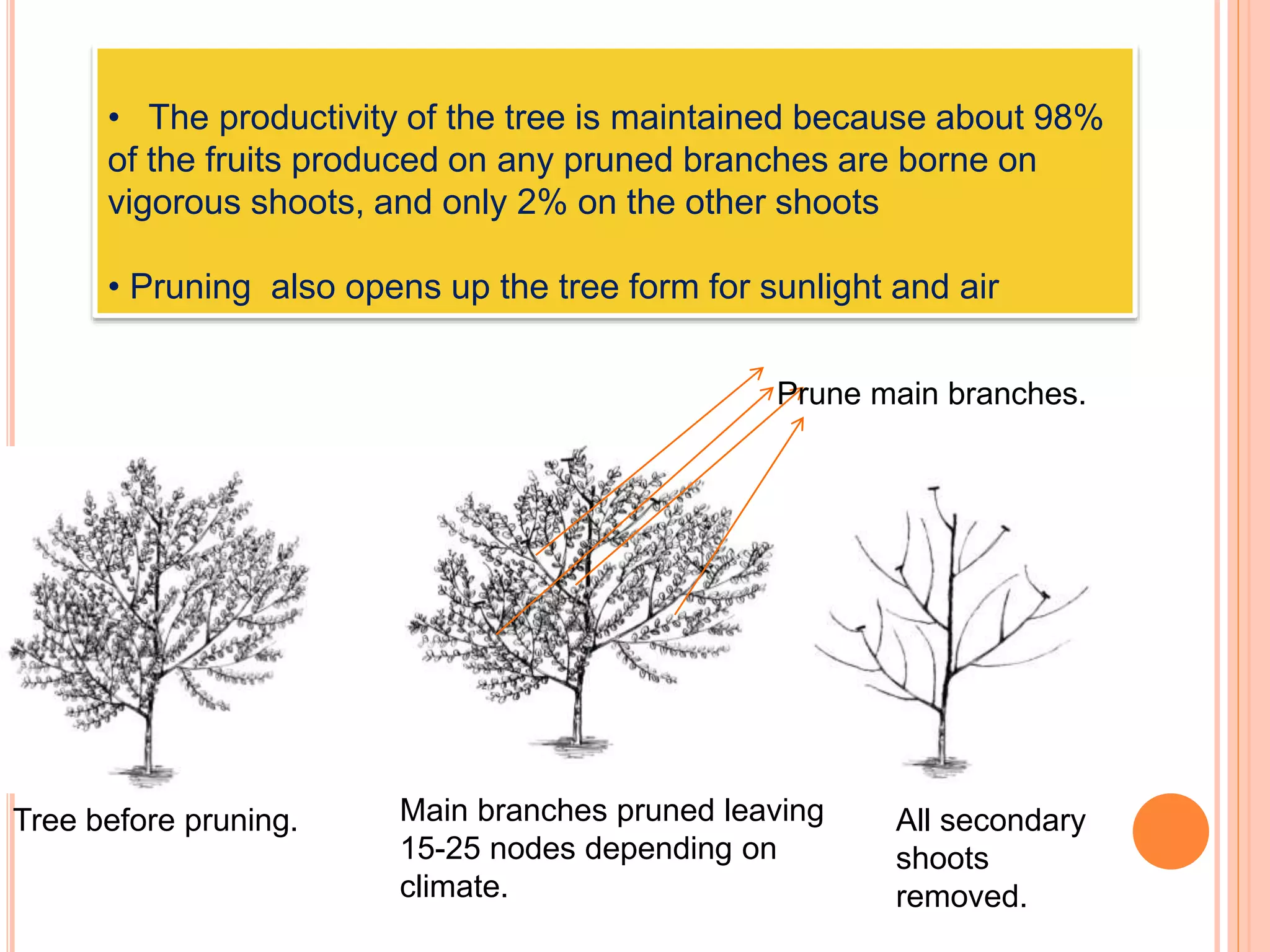














![ Powdery mildew [Oidium ziziphi ]
black spot of leaves
alternaria leaf spot
fruit rot
fruit rot](https://image.slidesharecdn.com/ber-160618125128/75/Ber-48-2048.jpg)




